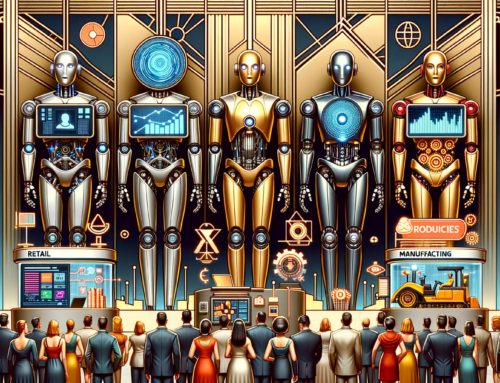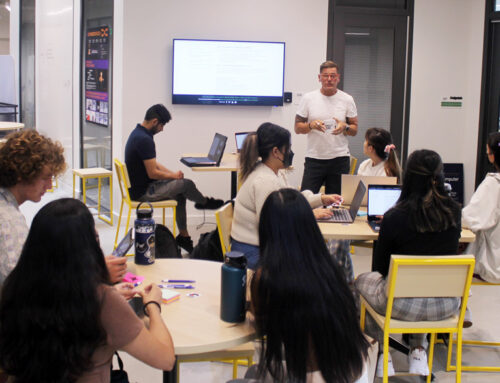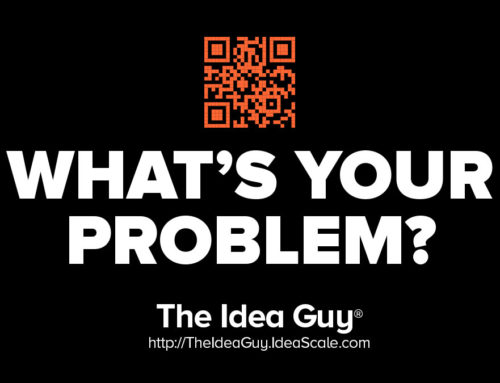Executive Cheatsheet: What’s the difference between critical thinking, design thinking, and human-centered design?
 Note: I often meet executives from various sectors with different knowledge and experience. I often see some disengage in conversations because others started using unfamiliar terms. To keep them engaged, I created cheat sheets for quick reference that clarify what’s being said. This cheat sheet is one of the most requested, and I thought it was worth sharing.
Note: I often meet executives from various sectors with different knowledge and experience. I often see some disengage in conversations because others started using unfamiliar terms. To keep them engaged, I created cheat sheets for quick reference that clarify what’s being said. This cheat sheet is one of the most requested, and I thought it was worth sharing.
“Critical thinking,” “design thinking,” and “human-centered design” are all distinct approaches or methodologies that involve problem-solving and decision-making. Still, they each have their unique focus and principles. Here’s a brief overview of the key differences between them:
Critical Thinking:
-
- Definition: Critical thinking is a cognitive process that involves analyzing, evaluating, and synthesizing information and arguments to make well-informed decisions and solve complex problems.
- Focus: Critical thinking primarily emphasizes objective analysis and logical reasoning. It involves examining evidence, identifying biases, and making decisions based on sound judgment.
- Application: Critical thinking is a broad skill applicable to various fields and situations. It’s used in academic settings, professional decision-making, and everyday life to assess information and make rational choices.
Design Thinking:
-
- Definition: Design thinking is a human-centered, creative problem-solving approach that strongly emphasizes empathy and user-centric solutions. Design firm IDEO and the Stanford d.school popularized it.
- Focus: Design thinking focuses on understanding user needs and preferences through empathy, defining problems, ideating creative solutions, prototyping, and iterating to arrive at innovative and user-friendly solutions.
- Application: Design thinking is commonly applied in product and service design and in addressing complex and ambiguous problems. It’s often used to tackle challenges where user experience and human emotions play a significant role.
Human-Centered Design:
-
- Definition: Human-centered design (HCD) is an approach to problem-solving that places people’s needs, desires, and behaviors at the forefront of the design process. It encompasses various methods and tools, including but not limited to design thinking.
- Focus: HCD is centered on understanding users deeply, involving them in the design process, and creating solutions tailored to their needs and preferences. It often involves iterative prototyping and testing.
- Application: Human-centered design is used across various fields, including product design, software development, architecture, healthcare, and social innovation. Its goal is to create products, services, and systems that are more effective and user-friendly.
Critical thinking is a general cognitive skill focused on rational analysis and decision-making. Design thinking is a creative problem-solving approach focusing on empathy and user-centric solutions. Human-centered design is a broader concept encompassing critical and design thinking, emphasizing the importance of user needs and preferences in problem-solving and design processes. While they have distinct principles and applications, they can complement each other in specific contexts.




